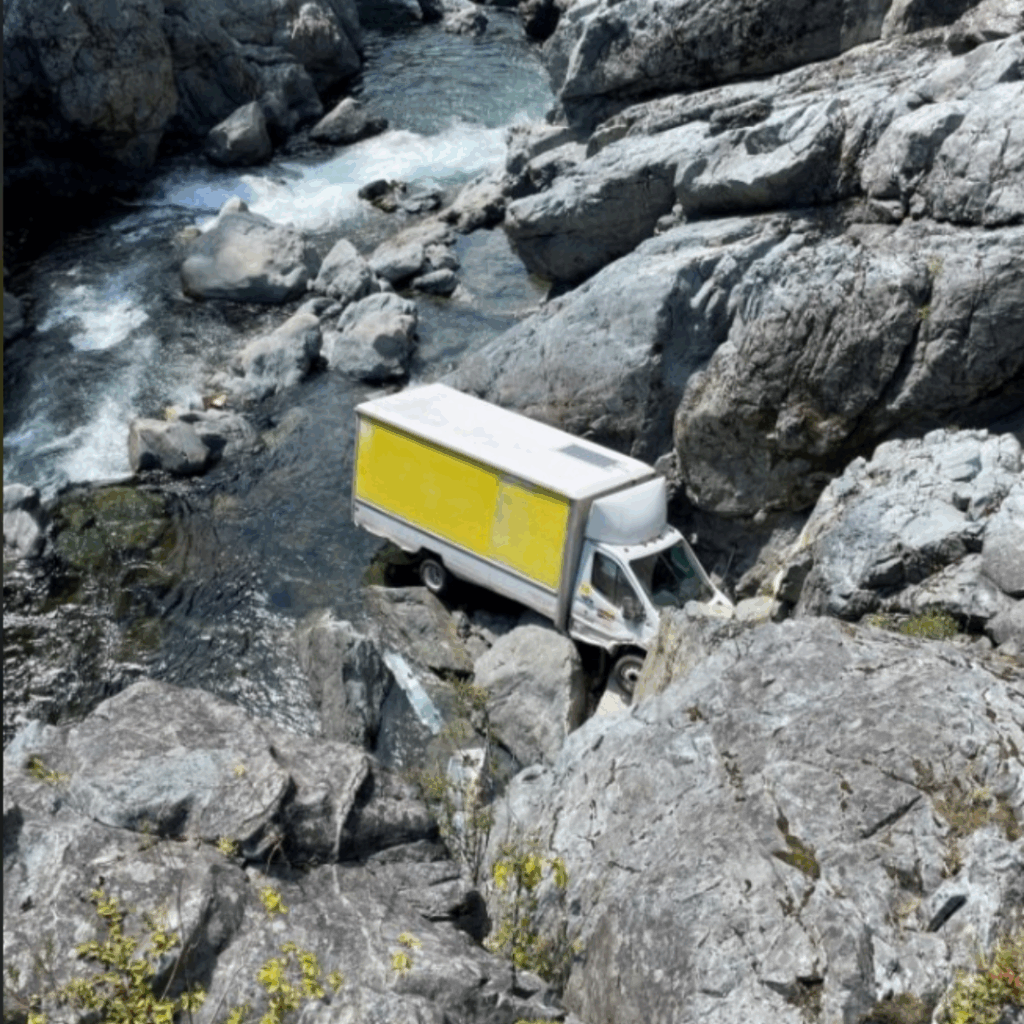NTAW 2025
This week, from September 14th to the 20th, we celebrate National Truck Driver Appreciation Week (NTDAW 2025), a time to honor the nearly 3.6 million professional truck drivers who are the driving force of our economy. These are the individuals who, collectively, log approximately 330 billion miles each year, delivering 11 billion tons of freight and serving as the sole source of goods for over 80% of our communities. They are the backbone of our economy, working tirelessly to ensure everything from the food on our tables to the materials for our homes gets where it needs to go, safely and on time.
While national organizations and fleets across the country host events to show their appreciation, we wanted to get a more personal and unfiltered look into the lives of these professionals. So, we dove into a place where drivers go to connect, share their experiences, and find a sense of community: Reddit’s r/truckers forum. This corner of the internet is a vibrant hub of genuine, often funny, and sometimes truly unbelievable stories. It’s where the real talk happens, and it’s a goldmine of insights into the daily realities of life on the road.
We’ve pulled together nine key things we learned from this community, offering a peek behind the curtain of the trucking industry and a unique way to celebrate the commitment and resilience of its drivers.
Here’s what we learned from the most honest community on the road.
- A Shoulder to Lean On.
The r/truckers community is a place where drivers go to vent about the realities of their job. It’s a sounding board where shared grievances create a sense of solidarity and community. When drivers post about a problem, others often respond with similar stories and a shared understanding of the grind. This honest exchange creates a space where drivers can find a sense of camaraderie and shared experience, reminding them they’re never truly alone on the long haul.
If you’ve had a bad day or a frustrating load, chances are someone else has dealt with the same thing, and yes, they definitely want to talk about it.
- Dash Cams Are Evidence To The Craziest Stories.
While many drivers have a complicated relationship with dash cams, they are an essential tool for capturing the chaotic and dangerous behavior of other vehicles on the road. Some of the most unbelievable stories are backed up by dash cam footage; from bizarre accidents to epic near-misses, these clips and photos prove that life on the road is never dull.

- Insider Tips and Tricks.
Members are always sharing tips, tricks of the trade, and updates about closures and incidents. Whether you’re a new driver or a seasoned veteran, you’re bound to learn something new here. From clever hacks for saving time to advice on navigating tricky routes, drivers are eager to share their knowledge and help each other.
- The Hunt for Parking is a Sport.

If there’s one topic that gets everyone talking, it’s parking. The posts range from triumphant drivers with perfect parking to photos of truly mind-boggling parking jobs. Drivers post pictures of parking lot “fails,” publicly shaming those who block multiple spots or park recklessly. From masterful maneuvers to epic fails, the parking posts here are sure to make your jaw drop.
- The Art of Truck Stop Food.
Life on the road means getting creative with meals. This forum showcases a fascinating range of food, from diabolical combinations to true delicacies; drivers have the art of truckstop food figured out. These posts celebrate the resourcefulness of drivers and give a glimpse into the unique culinary world of the highway.
- Truck Stops: The Good, the Bad, and the Ugly.
This community provides an unfiltered look at truck stops across North America. You’ll see facilities so clean they sparkle, while others expose restrooms so dirty, they deserve a spot in the Truck Stop Hall of Shame.
With photo evidence, drivers document the best and worst of what they encounter, offering advice to fellow drivers on where to stop and where to avoid.

- Career Advice, Straight Up.
The subreddit is also a place for serious career chat. New drivers ask for advice, veterans share their wisdom, and everyone chimes in with tips on everything from finding the right company to handling difficult loads. Whether you’re considering getting your CDL or you’ve been driving for decades, this is the place for honest, no-nonsense advice about the industry, from people who live it every day.
- Cool, Weird, and Messed-Up Trucks.
This community has an eye for the truly unique. You’ll see it all here: the latest rigs right off the line, beautifully customized trucks, unforgettable breakdowns, and even photos of old, beat-up rides that have seen better days. It’s a tribute to every kind of vehicle that keeps America moving. It’s a virtual show for the long-haul crowd.


- The Best Place for a Laugh.
Beyond the serious discussions, this subreddit delivers a healthy dose of humor. Drivers have a knack for finding the funny in everything, from ridiculous road signs to viral memes that perfectly capture the daily struggles of life on the road. It’s the perfect place to scroll when you need a break and a reminder that you’re never truly driving alone.

This National Truck Driver Appreciation Week, we’re giving a huge shout-out to the professionals who power our country. At Idle Smart, we listen to drivers; we understand that their job is demanding. That’s why we build technology with drivers in mind. Our solutions are designed to support drivers by ensuring they get uninterrupted rest and that their trucks are always ready to roll without the added worry of dead batteries or unnecessary engine noise. It’s our way of helping fleets show their appreciation, one smart solution at a time.
For more insights on how we help fleets with idle reduction and other challenges, check out our Idle Insider blog.
